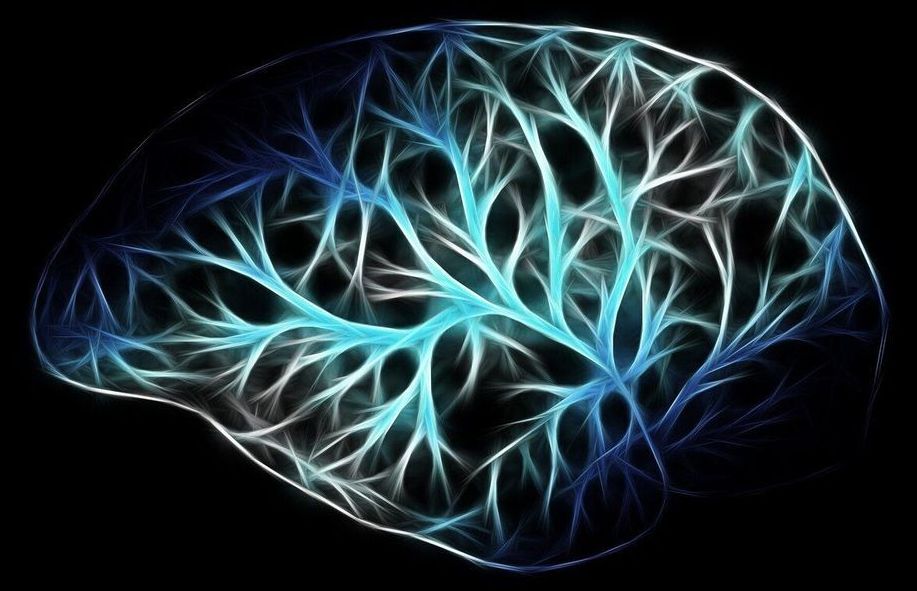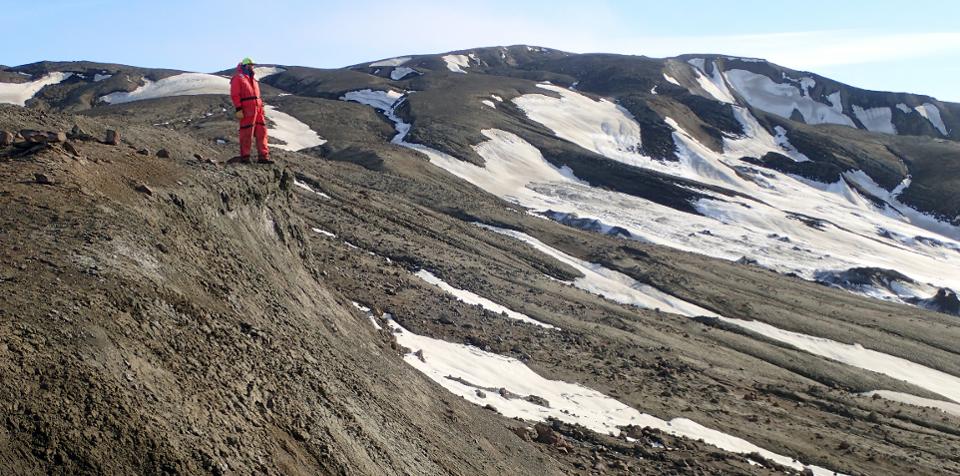They can, and while this is mostly okay, it’s also one of the reasons we age—and we just might be able to do something about it.
Get the latest international news and world events from around the world.

China’s driverless, trackless train that runs on virtual rails launches first commercial line
China’s ART has succeeded where its “Straddling Bus” could not, launching for commercial use for the first time in the Sichuan city of Yibin.
Dubbed the “Autonomous Rail Rapid Transit,” the ART is essentially a driverless tram that runs on “virtual rails” mapped out by cameras and censors — so, it’s kinda like a bus too.
The Yibin ART T1 line extends for 17.7 kilometers. It’s expected to serve more than 10,000 passengers daily, a number that will go up to 25,000 once the line is extended to a high-speed railway station.

My Annual Conversation with Ray Kurzweil
Upcoming webinar on the state of AI with Ray.
If you can’t attend, by signing up you’ll get the entire webinar for later viewing.
Seems interesting.
Join Peter Diamandis for a conversation with Ray Kurzweil, one of the world’s leading innovators, inventors, and futurists, with a 30 year track record of accurate predictions about technological advancement.


Dementia study reveals how proteins interact to stop brain signals
Fresh insights into damaging proteins that build up in the brains of people with Alzheimer’s disease could aid the quest for treatments.
A study in mice reveals how the two proteins work together to disrupt communication between brain cells.
Scientists observed how proteins—called amyloid beta and tau—team up to hamper key genes responsible for brain messaging. By changing how genes are expressed in the brain, the proteins can affect its normal function.

China shows off its newest satellite’s high-resolution 3D imagery
China launched the Gaofen-7 imaging satellite in November, and the country has just shared the first of its high-resolution, 3D shots. The satellite is sensitive enough to height that it should be able to spot a single person from 500 kilometers up.
Gaofen-7 is the latest in a planned series of 14 satellites intended to overhaul China’s orbital imaging capabilities. Companies like Planet are lofting hundreds of satellites to provide terrestrial businesses with up-to-date imagery, so it’s natural that China, among other countries, would want to have their own.
Already the Gaofen project has led to a huge reduction in reliance on foreign sources for this critical data, which as frictions in other areas of technology have shown, may not always be possible to rely on.


The Top 10 Websites for Science in 2019
Millions of scientific papers are published each year, detailing new discoveries, reviewing the state of research, and opining on important matters. But most people don’t delve into daunting databases to learn the latest science news – who has time for that? Rather, they stay up to date with the help of various news outlets, which dig up and report on the stories that matter. At RealClearScience, we strive to steer you towards the best of these sources and castigate the worst. Near the end of the calendar year, we recognize what we perceive to be the leading websites for science content. Here are our picks for 2019:
Honorable Mentions:
For fantastic coverage of health and medicine, check out STAT.
AI-driven robots are making new materials, improving solar cells and other technologies
Decision-making algorithms transform how automated systems evaluate and synthesize novel compounds.
